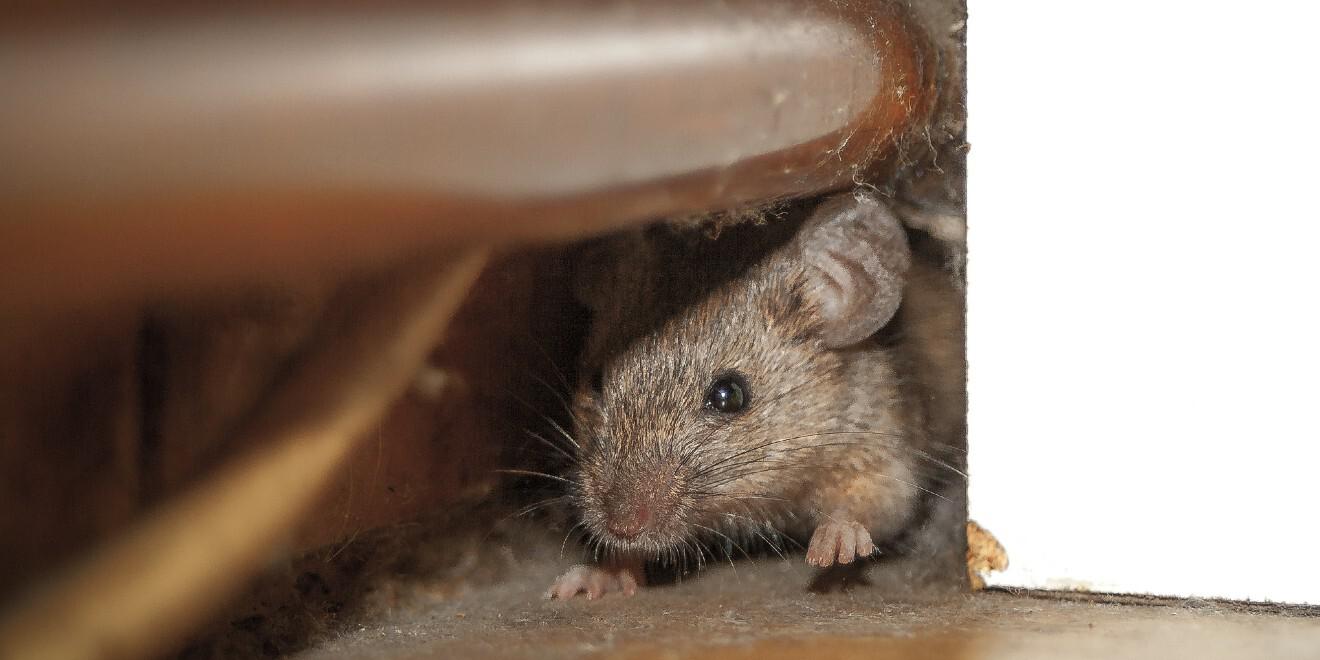What Kind of Tick Bit Me?
Posted by Mosquito Squad
May 11, 2018
Are you wondering what kind of tick bit you? Tick season is in full swing, and the tick population appears to be booming across the country. If you spend time outdoors this spring or summer, you’re at risk of being bitten by a troublesome tick. These tiny critters are not just a nuisance—they also pose serious health risks.
However, not all ticks are the same. There are four common species of ticks in the greater Washington DC region, each transmitting different diseases to humans and pets.
That’s why we’re presenting our tick identification series, called “What Kind of Tick Bit Me?” Each week, we’ll tell you everything you need to know about a specific tick species and how to identify it.
We’re kicking things off with the deer tick, also known as the black-legged tick.
Common name: Deer tick or blacklegged tick
Scientific name: Ixodes scapularis
What Do They Look Like?
Deer ticks can be easily confused with other species of ticks, but there are a few distinct characteristics to look out for. The insect’s body is flattened and has eight legs as an adult or nymph, and six legs as larvae.
Adult female deer ticks have a reddish body and a dark brown hood near their head. They are about three millimeters long. When they are engorged after feeding, they are darker and larger.
Adult male deer ticks are dark brown and much smaller than females. Nymphs are about one to two millimeters long, and larvae are less than one millimeter. Though size can vary, they are approximately half as large as the American dog tick.
Where Are They Found?
Deer ticks are found throughout most of the eastern United States in wooded areas and forests. They can be found in suburban areas as well. They live on the tips of grass blades and shrubs along trails, which allows them to climb onto a host as they pass by.
What Do They Feed On?
As the name suggests, deer ticks mainly feed on white-tailed deer, but they also feed on other large mammals and birds, including livestock, pets, and humans.
What Types of Diseases Do They Transmit?
A bite from a deer tick can spread Lyme disease, Anaplasmosis, and Babesiosis.
During Which Life Cycle Stages Can They Bite and Transmit Diseases to Humans?
Deer ticks are known to feed on humans as adult females and nymphs. There is the highest risk of disease transmission during the adult and nymph stages since the insects typically contract diseases during larval feeding.
How Long Does It Take to Transmit a Disease?
It takes 36 hours of feeding for a tick to transmit Lyme disease or Babesiosis, and 24 hours for Anaplasmosis.
How Can You Protect Yourself?
To prevent contracting a disease from a tick, here are a few steps you can take:
- Avoid heavily wooded areas and tall grass if possible.
- Wear protective clothing (tall socks, long pants, long sleeves) when you go outdoors.
- Check your body regularly and thoroughly for ticks. Common areas include the nape of the neck and lower scalp. Deer tick bites are hard to detect until symptoms appear.
- Remove ticks using the proper technique utilizing tweezers or tick removal tools, as soon as possible. Careful removal will reduce the risk of injecting the tick’s fluids into your body.
- Know the signs and symptoms of Lyme disease, Anaplasmosis, and Babesiosis so you can monitor your condition after a bite. Consult a doctor if you think you have contracted a disease.
- Contact DC Mosquito Squad for tick control treatments in your yard to keep ticks at bay.
Check back next week for the next article in our “What Tick Bit Me” series as we raise awareness of the 4 most common types of ticks in DC, Maryland, and Virginia!















